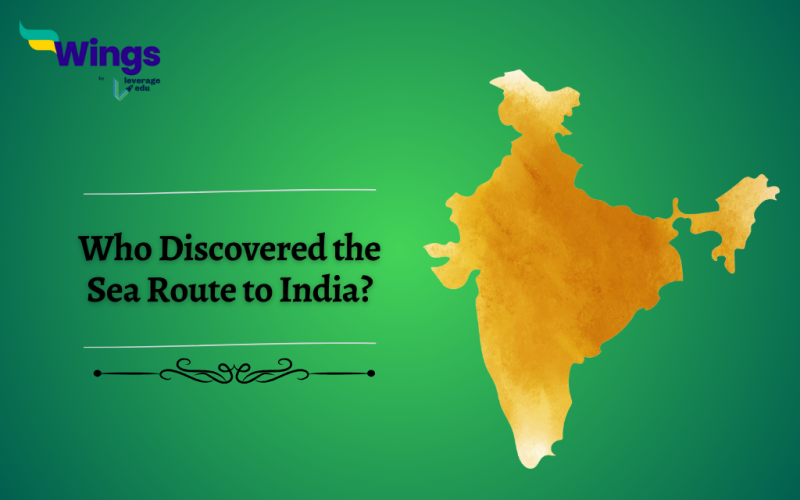Vasco Da Gama, a Portuguese traveller was the first to discover the sea route to India, on May 20, 1498. He arrived in Calicut, present-day Kozhikode, and became the first to establish a lucrative trade through the sea in India. This journey was the first documented expedition from 1495 to 1499, under King Manuel I, recorded officially through the cape. The Portuguese got a hold of parts of Kerala and the Indian Ocean through this expedition. This is one of the key works done in the Age of Exploration.
The Trip to India
Table of Contents [show]
- The king of Portuguese John II created a cost-cutting plan on the Cape Route to build a spice trade with Asia.
- He did not only want to build the trade but to increase the kingdom of Portugal for a powerful maritime presence.
Also Read- Important Notes on the Advent of Europeans in India
- King Manuel I, the successor of John II asked Vasco Da Gama to lead the way and follow the previous unfulfilled strategy.
- This is how they discovered the sea route to India.
Also Read- Arrival of the East India Company and Its Expansion
About Vasco Da Gama
Vasco Da Gama is a true vagabond known for being the first to sail from Europe to India by rounding Africa’s Cape of Good Hope.
| Name | Vasco da Gama |
| Born | c. 1460, Sines, Portugal |
| Died | December 24, 1524, Cochin, India |
| Notable Voyages | 1497–99, 1502–03, 1524 |
| Significance | Opened up the sea route from western Europe to the East via the Cape of Good Hope |
| Famed Bridge | Vasco da Gama Bridge |
| Location | Lisbon, Portugal |
| Length | 17.2 km (10.7 miles) |
| Inauguration Year | 1998 |
| Status | Longest bridge in Europe at the time of inauguration |
Related Blogs
This is all about who discovered the sea route to India. For more such interesting and informative topics on Indian History and more, stay tuned to our General Knowledge section. If you want to know more about studying abroad, reach out to our experts on Leverage Edu!
 One app for all your study abroad needs
One app for all your study abroad needs















 45,000+ students trusted us with their dreams. Take the first step today!
45,000+ students trusted us with their dreams. Take the first step today!
